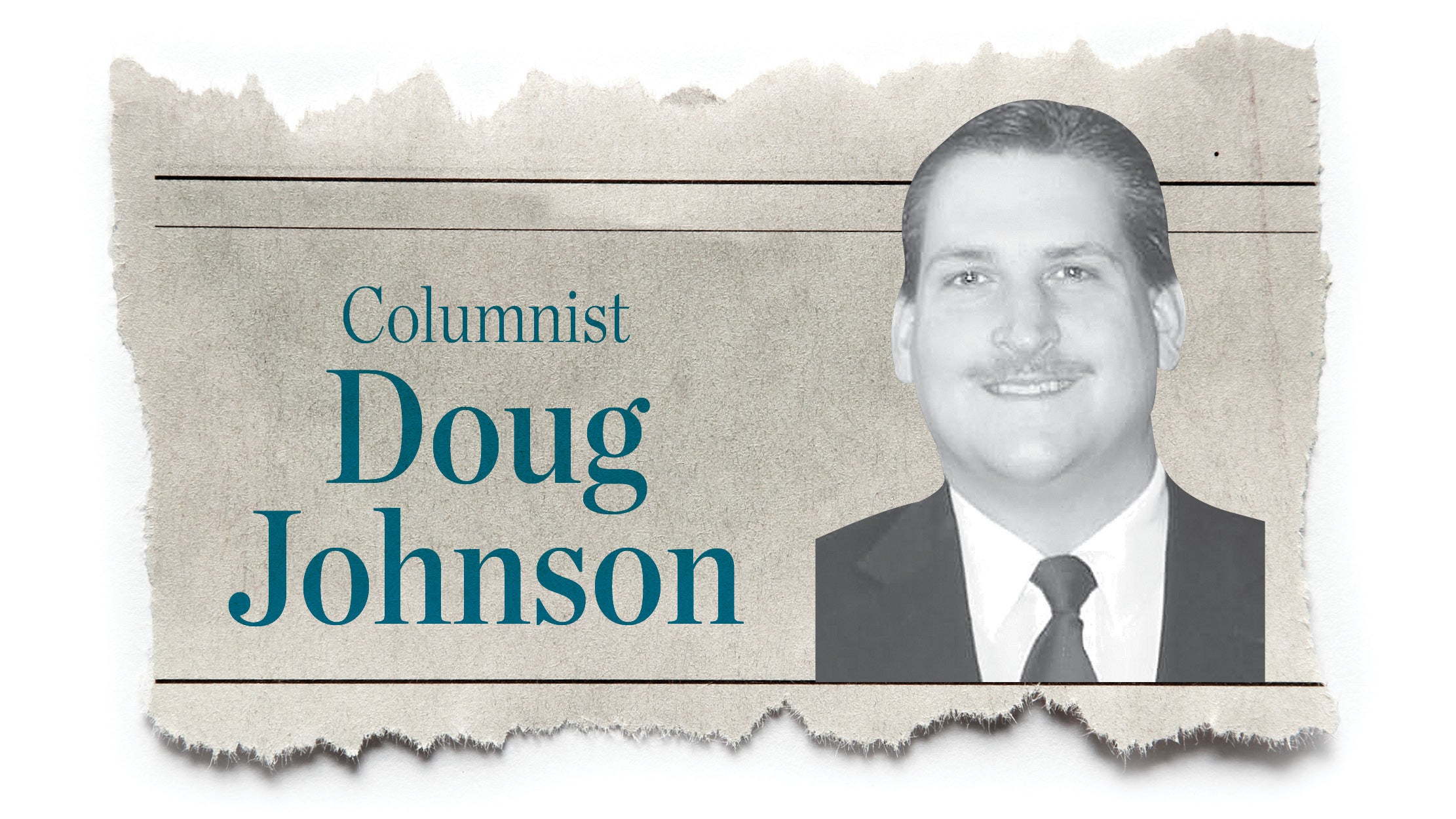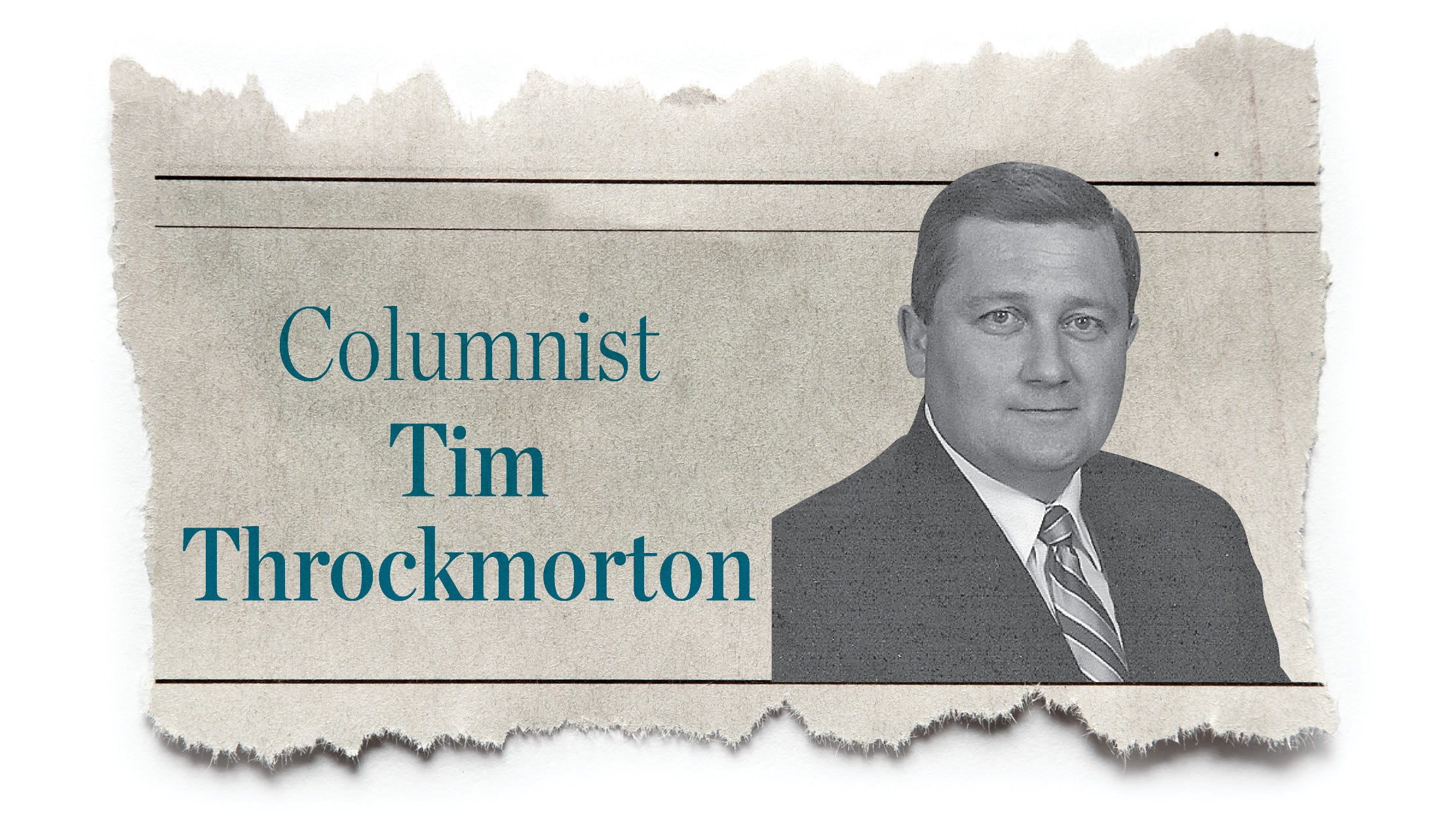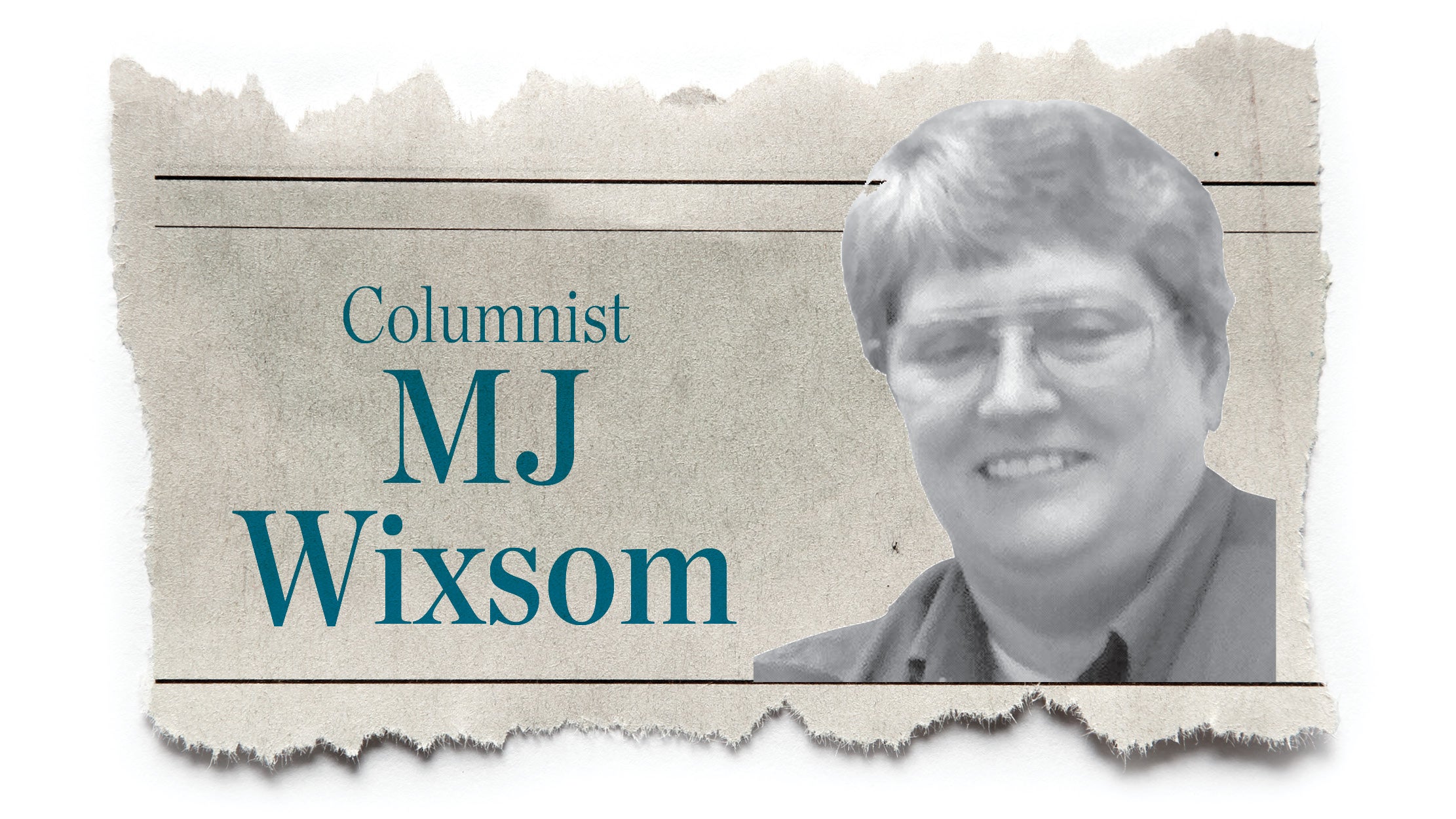Confederacy suffered insurmountable hardships
Published 12:00 am Sunday, March 25, 2012
“When those fellows [Thomas’ men] get started all Hell can’t stop them.”
William S. Rosecrans was ordered to take the important rail center of Chattanooga, Tenn., and push the Confederates out of Tennessee.
The Confederate government sent General James Longstreet’s men from Lee’s army in Virginia and transported them by rail to assist Braxton Bragg at Chattanooga. In early September of 1863, Braxton Bragg pulled his forces back and crossed the mountains into Georgia. Rosecrans divided his federal army and pursued Bragg.
Realizing the trap he could fall into, Rosecrans concentrated his forces on the west bank of Chickamauga Creek, near Lafayette, Georgia.
By the evening of Sept. 18, 1863, both armies were preparing for a major battle along Chickamauga Creek, Cherokee for “River of Death.”
The battle of Chickamauga Creek began on Sept. 19, 1863. Bragg was hindered from the beginning by his officer corps which disliked him intensely and had no faith in his orders.
After a bloody day of fighting, the Union army began to build breastworks and the Confederates received more soldiers for the next day’s fight. Rosecrans’ Army of the Cumberland was about to meet embarrassment and disaster.
After the battle had begun on the second day, a scout came to tell Rosecrans that there was a quarter-mile gap or opening in the Federal line between the divisions of T. J. Wood and J. J. Reynolds.
Word was sent for Wood to “close the gap,” but since there was no gap, Wood left his place in the federal line and fell in directly behind J. M. Brannon.
Thus, in misinterpreting the situation, T. J. Wood created a gap in the Army of the Cumberland’s formation. James Longstreet and his men rushed into the gap, turned north, and sent the whole Union right wing toward Chattanooga. Rosecrans himself headed toward Chattanooga. It seemed a rout was about to occur.
George H. “Old Pap” Thomas led Union forces on the steep slopes of Snodgrass Hill. He and his men did not retreat and held the Union left wing intact and fought Longstreet’s men until nightfall.
Then, Thomas led his men to Chattanooga. Thomas won national fame for his stand at Snodgrass Hill and became known as the “Rock of Chickamauga.” This two-day battle in the Western Theater represents some of the worst losses of the War.
Bragg did not follow up his “accidental victory.” He sent troops toward Chattanooga on Sept. 21. He had his army dig in on the high ground around Chattanooga and waited to starve out Rosecrans and his Army of the Cumberland. In the two-day battle of Chickamauga, both commanding generals were discredited.
Chickamauga Creek, Ga., was the only Southern victory in the Western Theater in the entire War. This Chickamauga Campaign ended where it began, in Chattanooga, the Gateway City.
Chattanooga lies on both banks of the Moccasin Bend of the Tennessee River. To the extreme southwest of the city is Raccoon Mountain. East of it is Lookout Mountain.
Missionary Ridge parallels Lookout Mountain farther eastward. The Creek Indians named Lookout Mountain “Chat-to-to-noog-gee,” meaning “mountain rising to a point.”
When the Civil War broke out, the city had less than 6,000 residents. Bragg held these heights and Rosecrans and his army were trapped inside the city where starvation faced the soldiers and their horses and mules.
Up to this point, Sept. 22, 1863, Bragg had lost over 18,000 men and Rosecrans, 16,000. Bragg’s men began to desert him. Rumbling was felt all the way to Richmond.
On Oct. 16, 1863, Lincoln put Grant in command of most of the Union armies in the west. Grant replaced Rosecrans with “Pap” Thomas. Grant, Sherman, Hooker, and Meade were ordered to Chattanooga to get supplies into the town and chase Bragg away.
Within five days of arriving at Chattanooga, Grant opened up the “Cracker Line” to the town. Food flowed in.
The Battle of Chattanooga was fought on Nov. 23, 24, 25, 1863. Joe Hooker, at the time a corps commander, forced the Confederates from Lookout Mountain on Nov. 24.
The press called this the “Battle Above the Clouds” due to the fog and low lying clouds. On Nov. 25, Sherman was to strike the north end of Missionary Ridge. His assault failed, so Grant told “Pap” Thomas to send his men to attack the rifle pits at the base of the Confederate center.
Thomas’ men had been teased by Sherman’s and Meade’s men for the defeat at Chickamauga — they had something to prove!
They took the rifle pits, but didn’t stop. They kept going up the slope toward the crest.
Grant asked, “Who ordered this foolhardy assault?” No one had! The Federals took Missionary Ridge in lines that looked like “inverted ‘V’s.’” The Confederates atop the Ridge rolled boulders and 60 cannons down on the Yankees.
One incident that occurred during Thomas’ attack on Missionary Ridge was quite memorable to the officers watching.
“Little Phil” Sheridan stood up and shouted, “Here’s how!” He drank one-half pint of whiskey and threw the flask up the slope at the Confederates. Braxton Bragg rode among his men shouting, “Here’s your commander!” His Southern soldiers shouted back, “Here’s your jackass!”
Bragg would resign after this fiasco and to protect his friend, President Davis made him his military advisor. As Bragg resigned in disgrace, the United States Congress passed a law reviving the grade of Lt. General, vacant since the time of George Washington.
The appointment would go to a man named “Grant” and he was eager to begin his offensive in the spring of 1864.
The loss at Gettysburg, the surrender of Vicksburg, and the opening of the “Cracker Line” and retreat of the Confederates back to Georgia when taken in total were simply too much of a hardship for the Confederacy.
With Grant in charge of all Union armies, the pressure would be immense and Robert E. Lee would, indeed, become “The King of Spades.”
Bob Leith is a history professor at Ohio University Southern.




